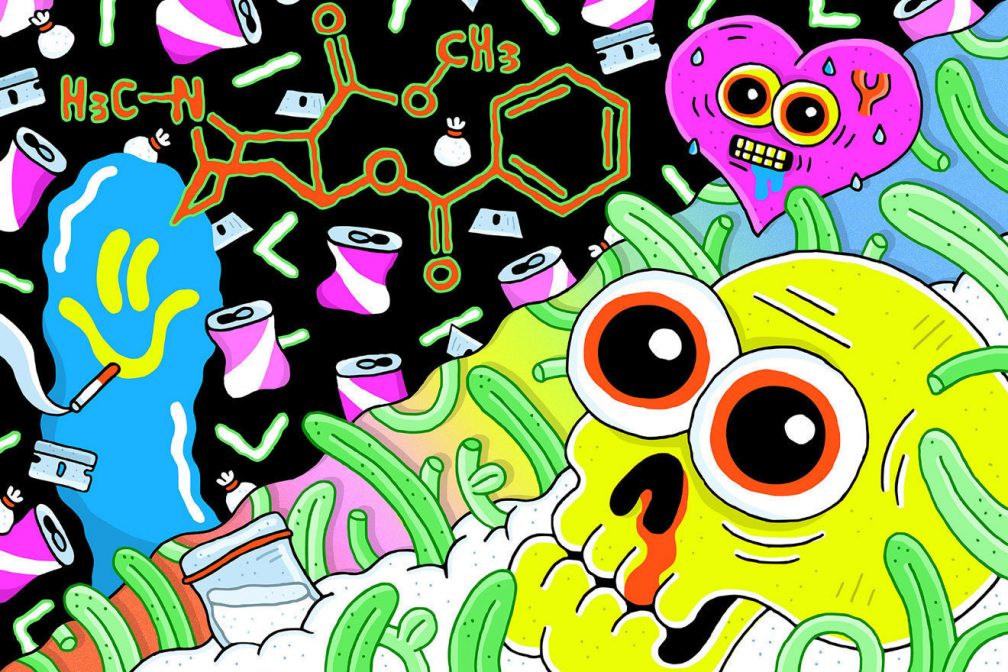 Comment
Comment
Why is cocaine so strong at the moment... and where's it all coming from?
The changing political landscape in Colombia means coke in the UK is stronger, and cheaper, than many users can remember
First, police and courts can calculate the sentence time served by those caught with the drug in relation to its purity: cocaine is so often so heavily cut that if police catch you in possession of very high purity powder, courts will assume you are going to cut it and sell it on. So if you’re found with 10g of 80 per cent coke, you’ll serve a longer sentence than if you were caught with 10g of lower quality material.
Factually speaking, even the very best produced, least cut product, at import level from Peru, Bolivia, and Colombia to the UK, is typically around 80-90 per cent pure, with common, pre-import cuts including levamisole (a bovine anti-parasitic that rots human flesh). Once it’s in the UK, cheap stimulants such as caffeine and ephedrine or benzocaine (a numbing agent) are added, and the resulting remixed kilo bricks are repressed in industrial vices with bogus stamps on them to resemble Latino branding.
But while it’s true that dealers cut and cops may exaggerate, it’s safe to assume that unusually strong cocaine has somehow been found on the sleepy streets of Eastbourne.
The most significant factor in the glut of high-powered powder seen in the UK in the last two or three years is the recent tumultuous political changes in cocaine-producing countries such as Colombia, which have coincided with – or perhaps caused – a 39 per cent increase in land under coca cultivation in a single year, according to 2016 figures by the UNODC.
“The hectares sown with coca increased in Colombia from 69,000 hectares in 2014 to 96,000 hectares in 2015, an increase of 39 per cent”, according to an annual crop-monitoring UN paper.
To get a sense of scale here, a hectare is 100m x 100m – about the size of a rugby pitch. It takes two rugby pitches to make 1KG of a crude form of cocaine, called “pasta basica”, which when refined further, yields 700g of pure cocaine hydrochloride. In Colombia alone, there are 27,000 more rugby fields of coca than there were in 2015.


